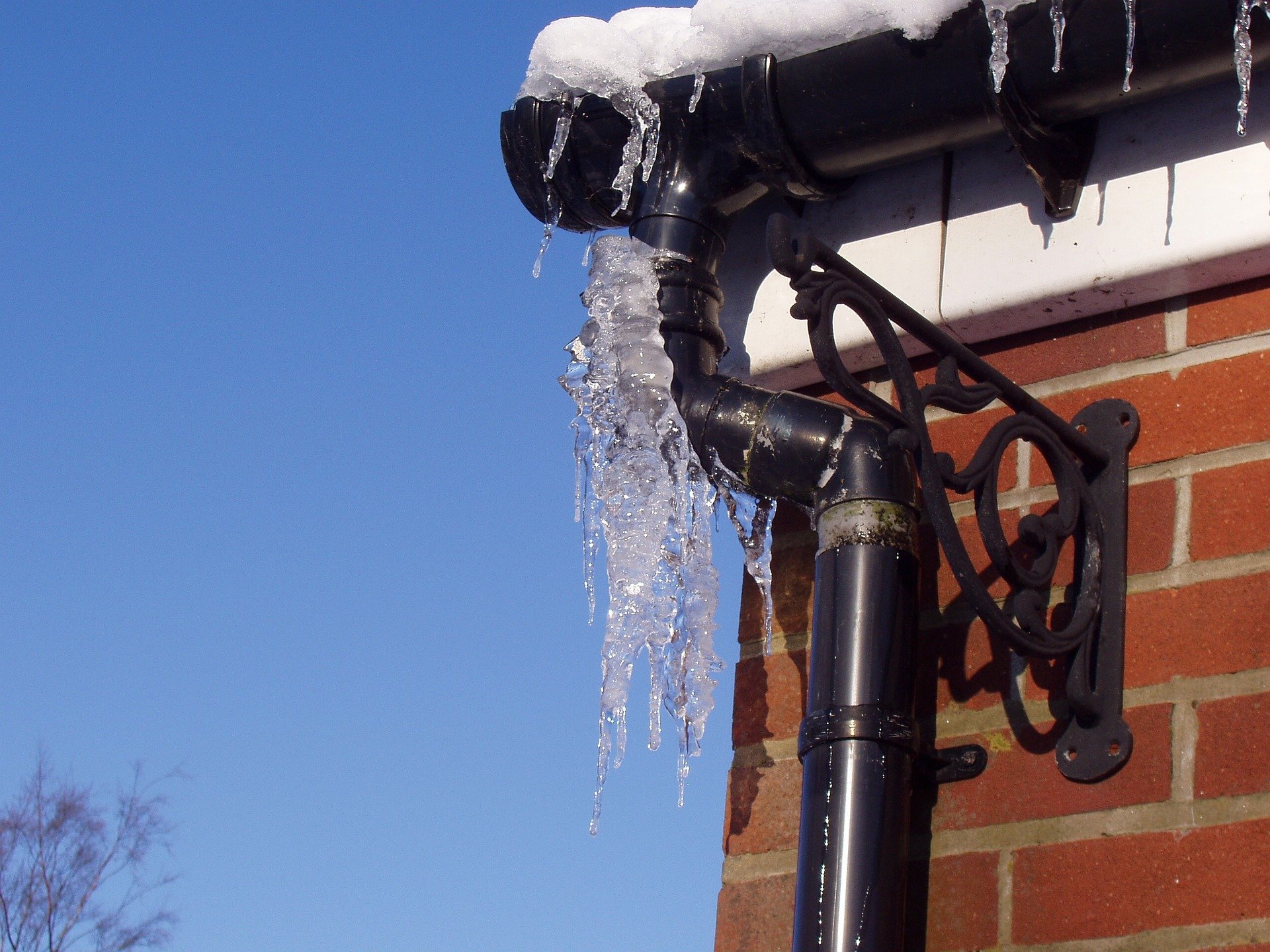What to Do About Frozen Pipes
Nov 25th 2020

You might not think much about your water system, especially during the winter months when there is so much more to worry about. However, during winter, water tends to freeze in pipes, causing it to expand and eventually break. A frozen pipe is always an inconvenience, but the damages can be serious if not addressed early. You can follow some preventative steps to make sure that your pipes are not freezing and learn how to thaw the pipes to prevent them from bursting if they are already frozen.
By knowing what to look for, you can take the appropriate action to thaw your pipes before they burst. Below are some signs a frozen pipe:
1. Visible frost
If the weather outside is cold, you must check on all your exposed pipes in crawl spaces, unheated garages, and the attics. If you see frost in your water supply, it’s because the pipes are by now ice-covered, or are in the process of freezing. The best way to tackle this is by shutting the water supply to the areas affected and opening the faucets to reduce the pressure inside the pipe to prevent bursting. You can use a dryer to thaw the pipe; however, you should never use an open fire to thaw frozen pipes.
2. Slow water supply
In some cases, homeowners don’t experience frosting in their water supply; instead, they may come across recurrent plumbing problems that affect their water supply. When you turn on your faucet, and the water comes out slower than usual, or if there is no water at all, the pipe is most likely frozen.
3. Strange smell and damp walls
Another possible sign of a frozen pipe is a foul smell from the pipes. Damp drywall and rings on the ceiling are also indicators that your pipes are leaking.
Preventing Frozen Pipes
Keep the faucets dripping during coldest nights. Dripping faucets keep the pipe water moving, which can prevent the pipes from bursting because of freezing water.
Always keep the garage store door closed to keep the heat in your home inside the house and prevent your pipes from freezing.
Insulate your water pipes. Make sure you purchase some pipe sleeves, UL-listed heat-insulating tape or a heat hawser to protect the pipe under the unheated areas like the basement and the attic.
Thawing and Repairing Frozen Pipes
The good news is that you can thaw and troubleshoot common frozen pipe issues in three simple steps:
1. Turn on the faucets
2. Find the frozen pipes
3. Safely apply heat to the frozen area. There are various options that you can use to apply heat to the frozen pipes, including an electric hair dryer, a towel soaked in hot water, an electric heat pad, or a space heater.
Get Quality Sealing and Caulking Accessories
It is imperative to know how to identify the sign of a frozen pipe; however, it is advisable to take preventative measures to prevent any more damage. Visit Silicon Depot today and browse through our wide variety of sealing and caulking accessories.
